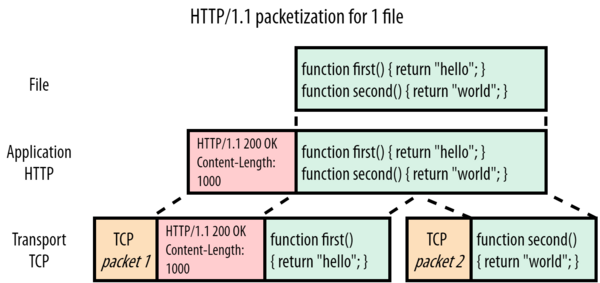Head-of-line blocking (HOL blocking) in computer networking is a performance-limiting phenomenon that occurs when a line of packets is held up in a queue by a first packet. Solving HOL blocking was also one of the main motivations behind not just HTTP/3 and QUIC but also HTTP/2.
The HOL blocking problem
It’s difficult to give you a single technical definition of HOL blocking, as this blogpost alone describes four different variations of it. A simple definition however would be:
When a single (slow) object prevents other/following objects from making progress
A good real-life metaphor is a grocery store with just a single check-out counter. One customer buying a lot of items can end up delaying everyone behind them, as customers are served in a First In, First Out manner. Another example is a highway with just a single lane. One car crash on this road can end up jamming the entire passage for a long time. As such, even a single issue at the “head” can “block” the entire “line”[1].
This concept has been one of the hardest Web performance problems to solve.

